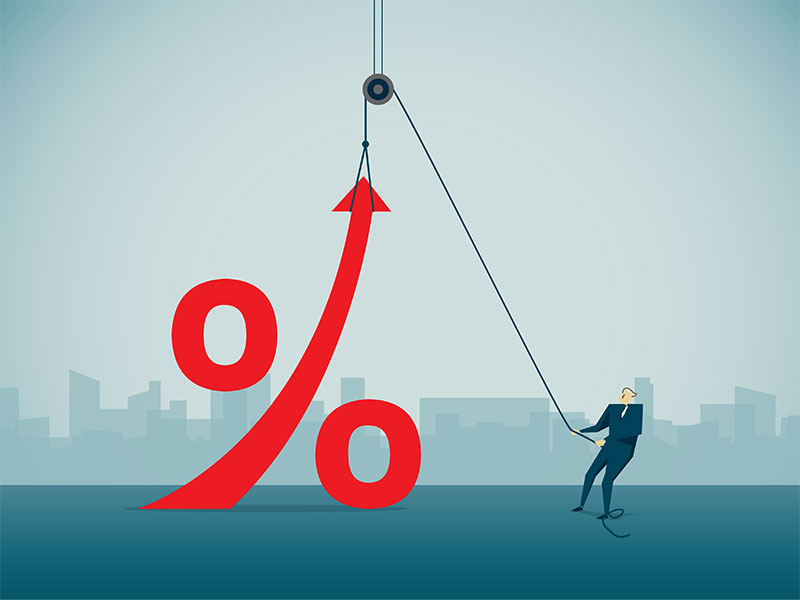
Interest rates have risen steadily over the past year, meaning savers can earn more than 4% on some GICs and cash products. With the dividend scale interest rates on participating whole life at many major insurers around 6%, clients may be questioning why their insurance policy isn’t doing much better than a guaranteed product.
Clients should know that when interest rates rise, dividend scales also rise — but more gradually, said Martin Reeves, vice-president of actuarial finance and data analytics with Equitable Life of Canada. Interest rates may be reflected in other types of products more rapidly.
Equitable Life’s DSIR will increase to 6.25%, from 6.05%, effective July 1.
Reeves said the DSIR is usually only reviewed once a year. And, since dividends are paid to policyholders annually on their policy anniversary, they would start to see the higher dividend on the policy anniversary after the DSIR increases, he added. If interest rates fall, there would be a similar lag time.
Participating accounts have a variety of holdings, including equities, bonds, private debt, private equity, mortgages, real estate and cash.
In its combined open participating account, Canada Life uses a 10-year laddering strategy for the fixed-income portion, which is about 70% of the total account, wrote Andrea Frossard, senior vice-president of par insurance solutions with Canada Life, in an email to Investment Executive. Each year, about 10% of the fixed-income assets would mature and be reinvested at the prevailing market rates and the entire cycle takes about 10 years, Frossard added.
Clients should also know that dividend scales change little, even in times of rising and falling rates. Historical data show that their standard deviation is small, because of “smoothing”: insurers amortize gains and losses over many years.
Advisors can remind concerned clients of why they chose a par life policy in the first place, and how it continues to support their needs.
One advantage of participating life is the diversified asset mix, said Kim Girard, senior director of individual insurance, savings and retirement products with iA Financial Group. iA has been in the par life market since 2020.
Other selling points include tax advantages and the ability to use a par policy as collateral for a loan. And higher interest rates generally make permanent life insurance more tax efficient, Reeves said. The higher returns from the par account are tax-preferred for permanent insurance holders.
A client does not earn taxable income when dividends from a participating life policy are re-invested into paid-up additions, but if the client receives coupon payments from bonds held in investments, those will be generally taxed as income, Reeves said.
However, in general, “more investment income leads to more tax. Given that permanent life insurance can offer tax benefits, the magnitude of that benefit could increase in a higher interest rate environment,” Reeves added.
When comparing various investment and insurance options, advisors should highlight the differences in returns on an after-tax basis, Reeves said. This could help clients understand the tax advantages of life insurance, since the death benefit is not taxable income for the beneficiary.